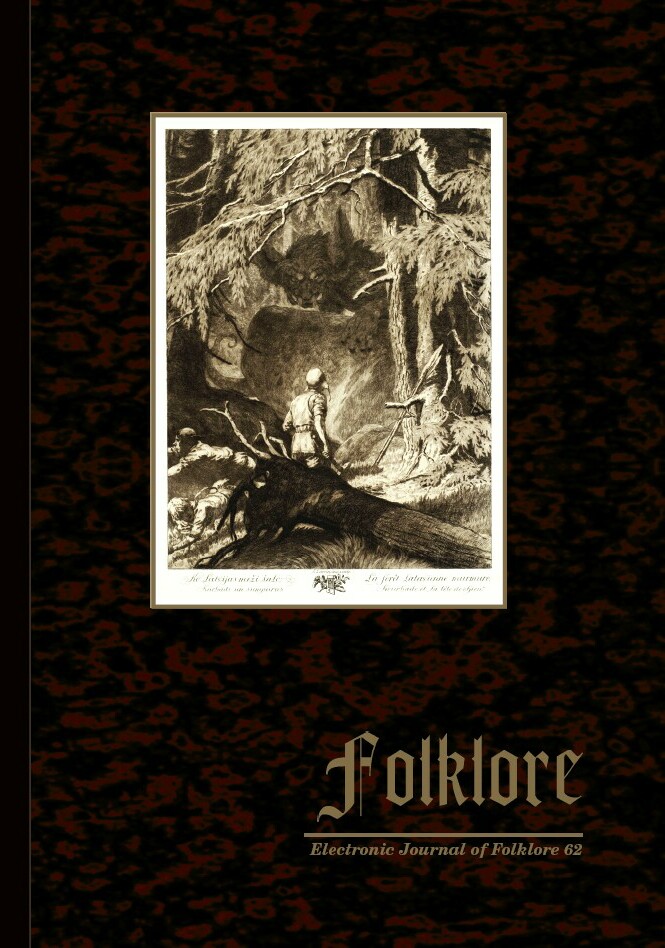The Role of Folklore in the Formation of Latvian Visual Art
The Role of Folklore in the Formation of Latvian Visual Art
Author(s): Toms ĶencisSubject(s): Customs / Folklore, Cultural Anthropology / Ethnology, Culture and social structure
Published by: Eesti Kirjandusmuuseum
Keywords: art criticism; Finland; folklore; Latvia; mythology; nationalism; visual arts
Summary/Abstract: Latvian folklore, folk ornament, and mythology were an established symbolic capital upon which the second generation of ethnic Latvian artists built a national particularity of visual art during the fin de siècle decades. The construction of national art represents artistic and discursive processes of exchange and conflict between the imperial centre and the local periphery, the Baltic German elite and ethnic Latvian artists, international styles and local particularities. The idea of national art developed within the framework of free discussion, borrowing models of identity from more mature art scenes abroad as well as from other areas of cultural representation, like folklore and ethnography. As a result, several coexisting versions of national art identity are distinguished in the given period. Visual arts were ‘nationalised’ through form – developing particular ethnographic patterns of ornamentation – or through content, the latter ranging from local landscapes and people to motifs of ancient history, folklore, and mythology. Although developments in visual arts follow the international pattern, the application of conclusions emerging from a wider field of studies on cultural nationalism shows that folklore has played a special role due to the particular setting of cultural production in Latvia.
Journal: Folklore: Electronic Journal of Folklore
- Issue Year: 2015
- Issue No: 62
- Page Range: 55-80
- Page Count: 26
- Language: English

